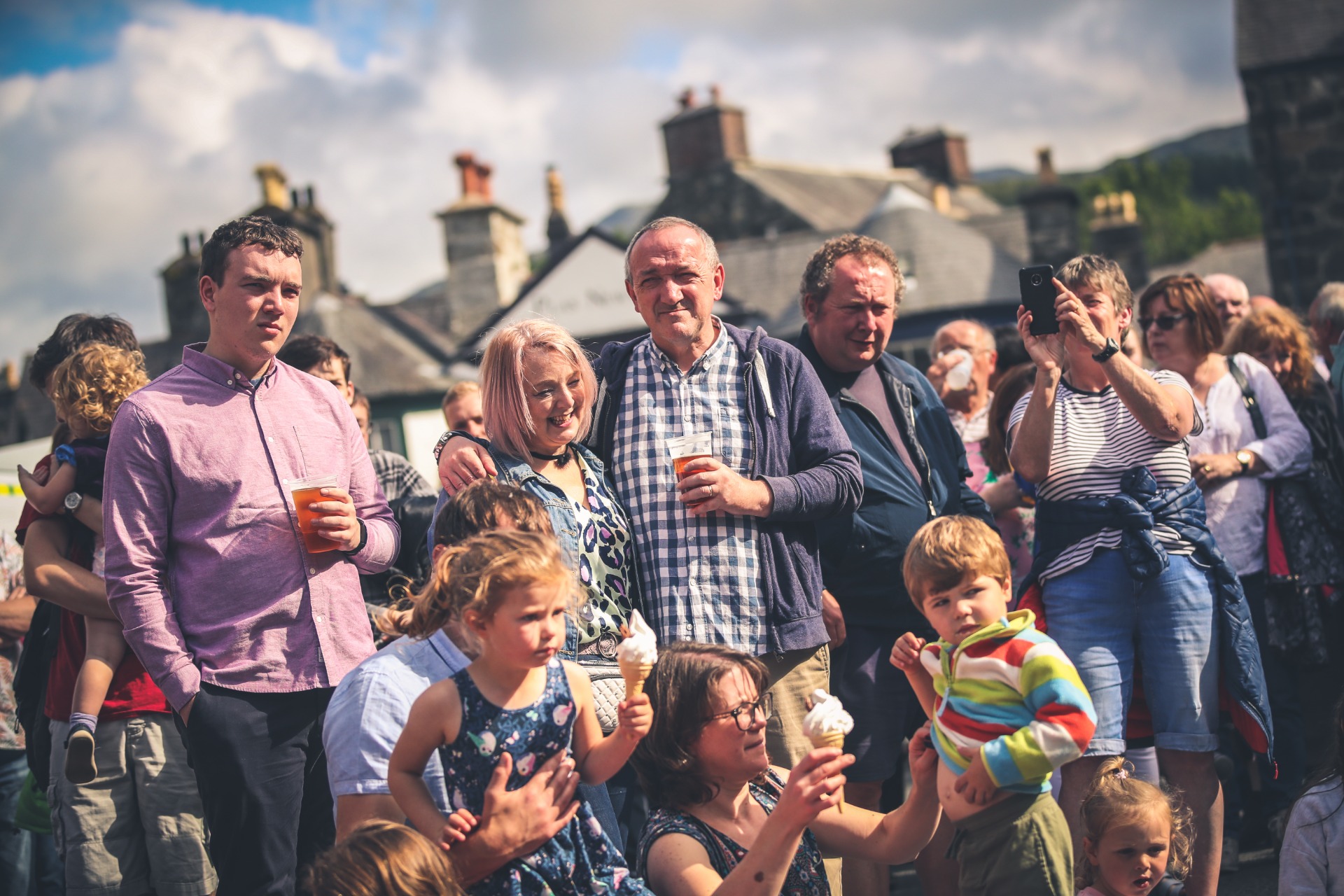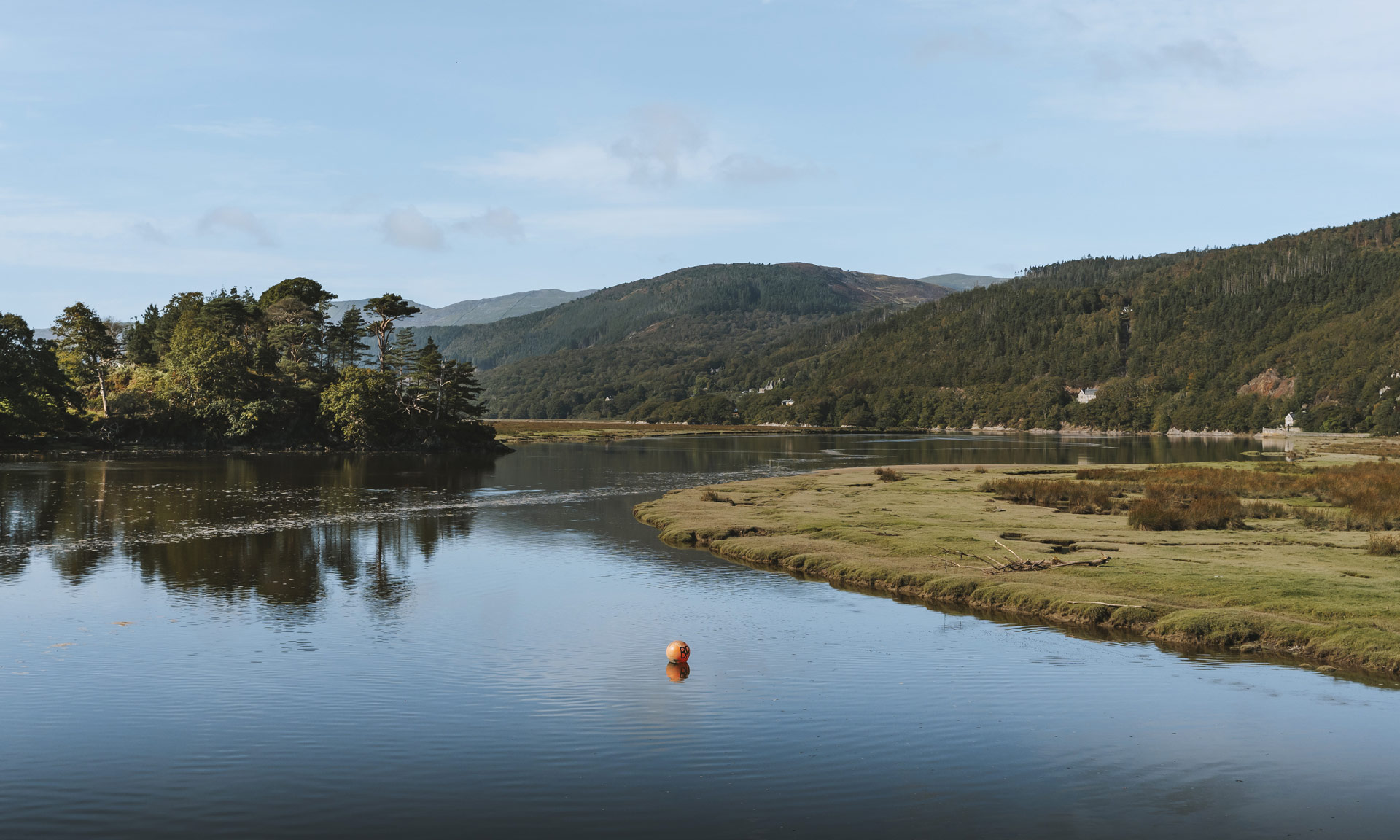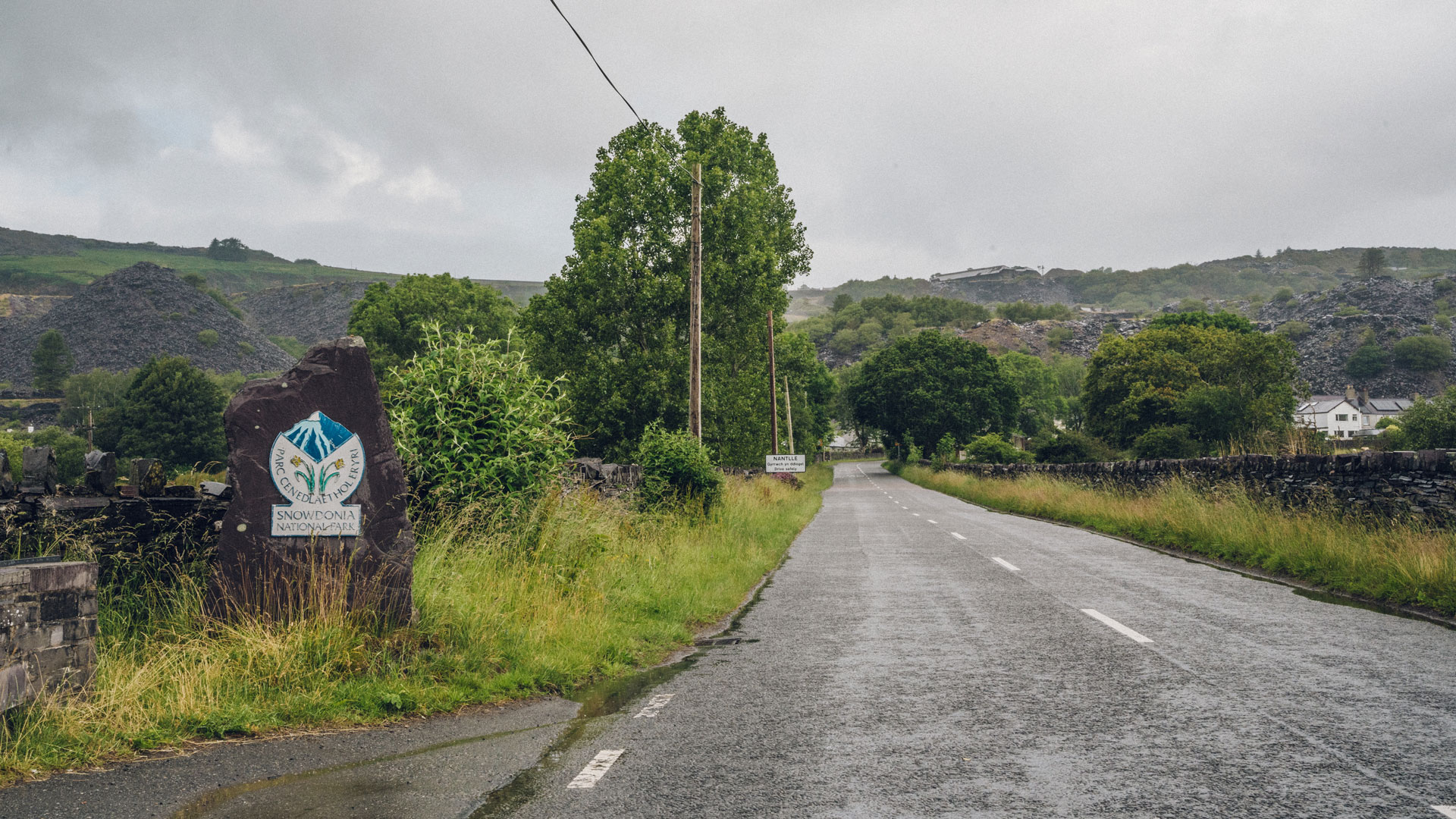The relationship between people and nature has shaped communities in Eryri for thousands of years and continues to make an impact today.
The diversity of Eryri’s landscape has played a significant role in shaping the lives of the people who have lived and worked here for centuries.
From the glorious coastline to the coarse uplands and rugged mountains, communities of people have put down their roots and called Eryri ‘home’ for centuries.
There are 24 small villages and five towns within the National Park’s boundaries. The two main population centres are Y Bala and Dolgellau, which continue to be important longstanding market towns.
In Eryri, about 58% of the population speak Welsh, retaining a connection between the communities of Eryri today with the people who have lived here over the years.
Eryri’s communities are a patchwork of past and present. Here, primitive traditions sit alongside contemporary events. From the small eisteddfodau to Ras yr Wyddfa (Snowdon Race), from local societies to food and music festivals, from gathering sheep in the autumn to welcoming tourists during the bank holidays.
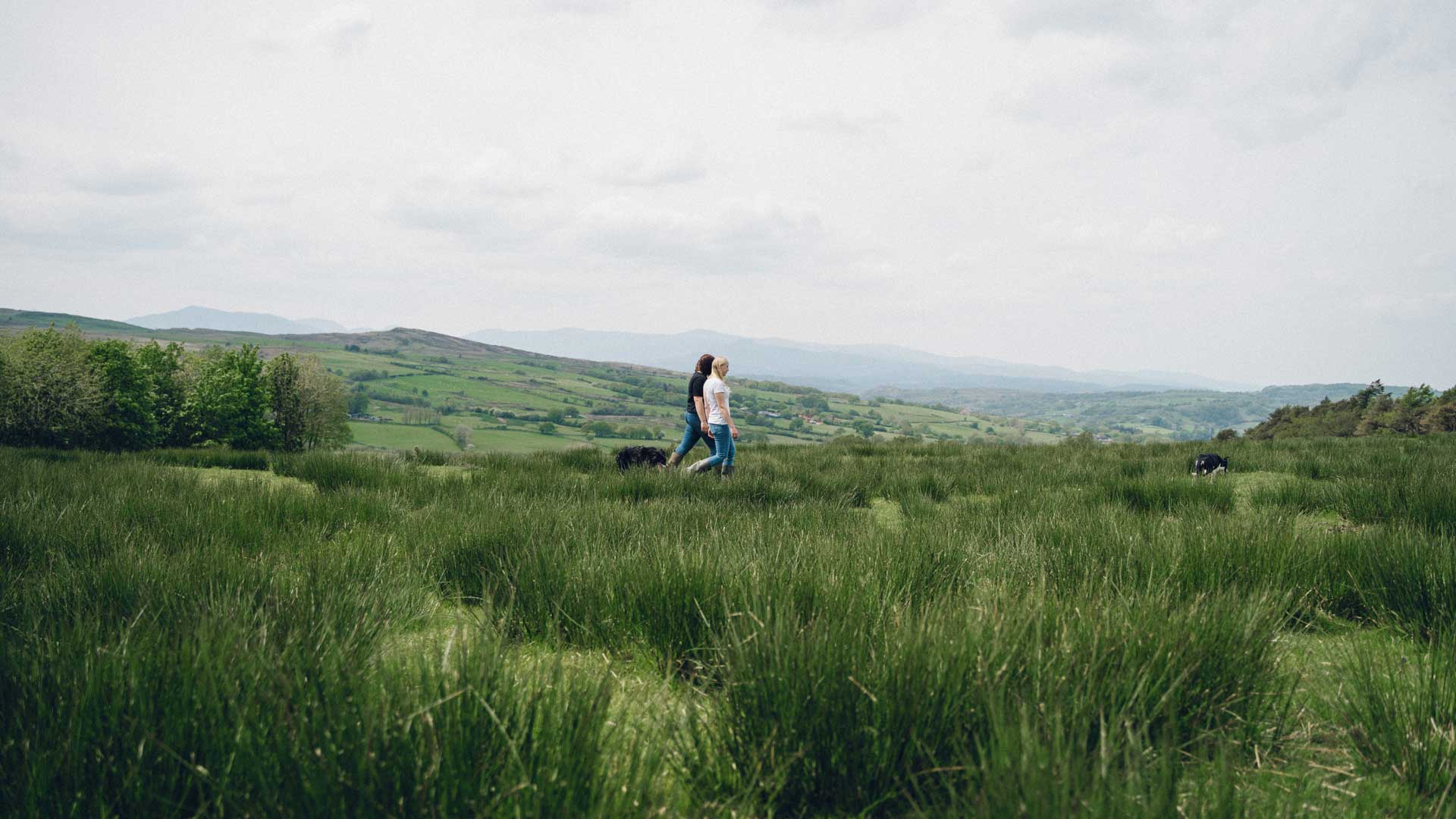

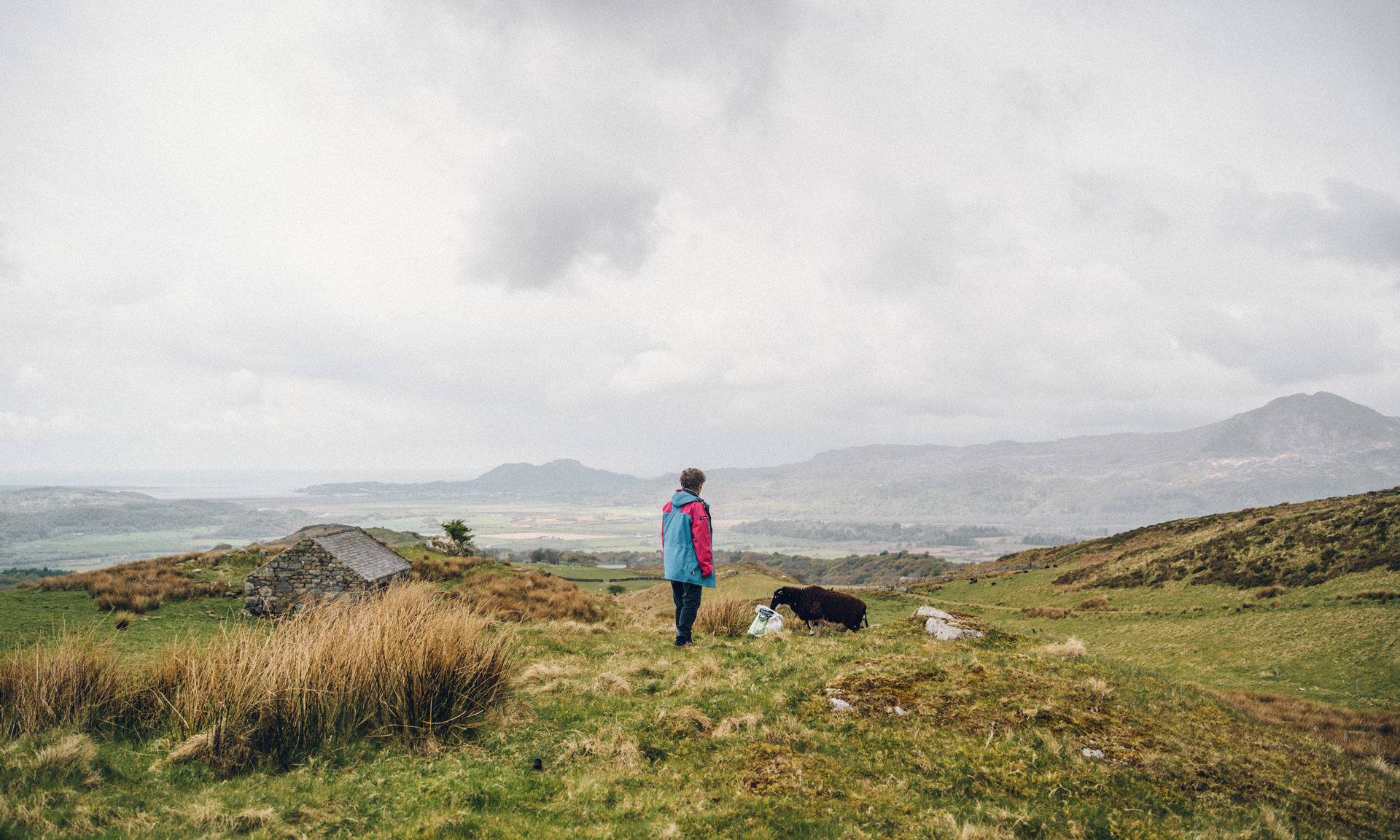
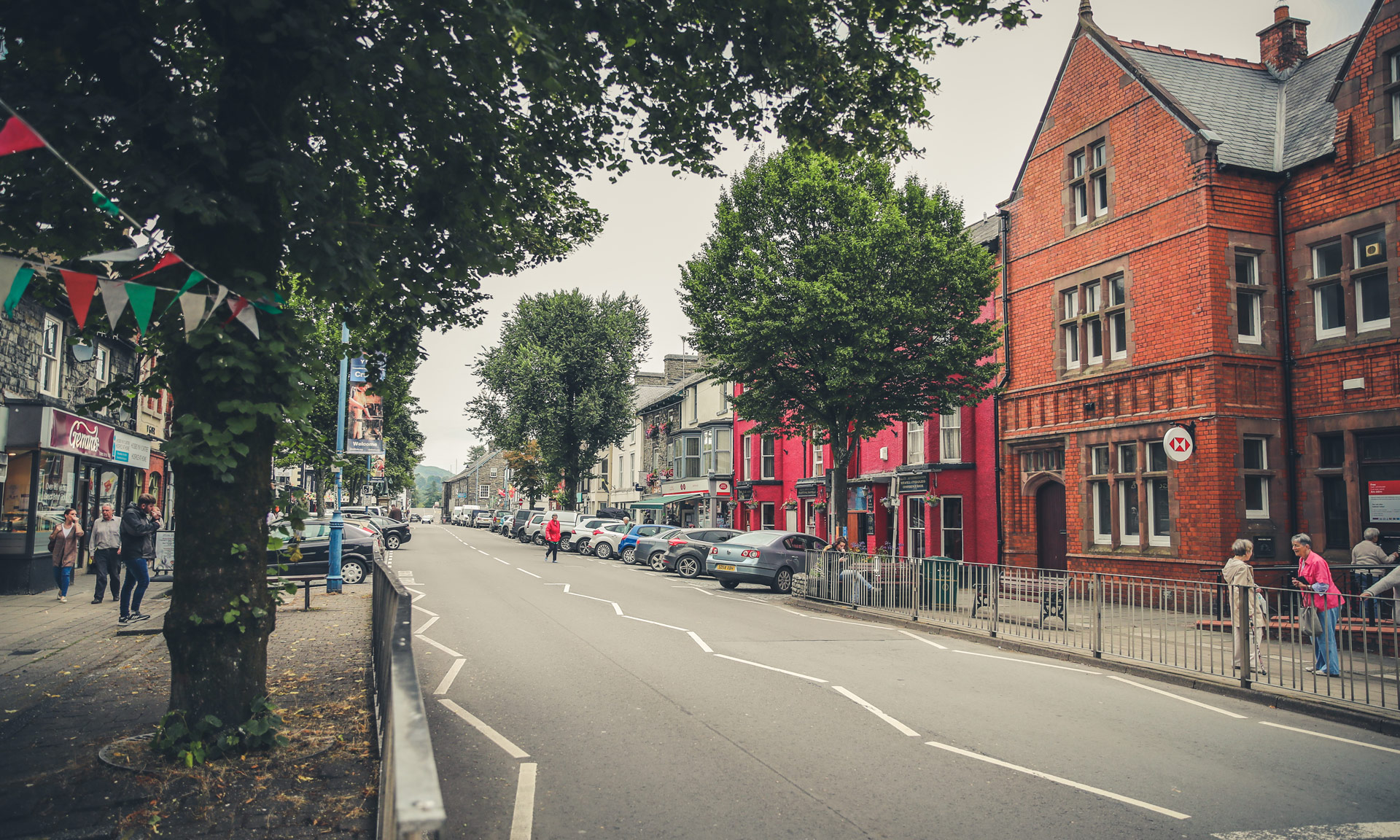
There are 24 villages and 5 towns in Eryri.
Harlech is a coastal town overlooking Cardigan Bay. People have lived in the Harlech area for centuries. One of the town’s main attractions is the magnificent castle that sits intimidatingly atop a steep hill. This is one of the many castles built by Edward I in the area during the 13th century. In addition, Harlech is famous for the distinctive architecture of some of the town’s buildings.
Some of the most striking features of the town of Dolgellau are its tall buildings of grey dolerite and slate and its narrow web of streets that have evolved and developed over four centuries. One hundred and eighty of the town’s buildings are listed.
Y Bala is a small market town where the River Dee flows out of Llyn Tegid. This is one of the communities with the highest percentage of Welsh speakers in the National Park. The town is also an internationally renowned location for watersports, especially sailing, canoeing and white water rafting.
Beddgelert is a very popular village in the heart of the National Park. This is a picturesque village with a tiny population. The village’s name was supposedly inspired by the well-known story of Gelert the dog.
One of the most southerly communities of the National Park, located at the point where the River Dyfi reaches Cardigan Bay. Aberdyfi was once a fishing community. It is now a tourist destination with many coastal paths to enjoy.
The verdant village of Betws-y-Coed is well-known as a destination for Victorian artists and was also a historic coach stop on the Holyhead to London route.
Community and Industry
There is no doubt that the impact of agriculture is clearly visible on the landscape of Eryri, and that this way of life has shaped communities.
During the industrial revolution of the 18th and 19th centuries, quarries and mines had a significant impact on the culture, landscape and communities of Eryri.
Towns such as Bethesda and Blaenau Ffestiniog, which border the National Park, experienced tremendous growth and populations grew overnight as demand for Eryri’s raw materials increased. Similarly, these places experienced a significant decline around the mid-20th century, leading to hardship in parts of these communities.
